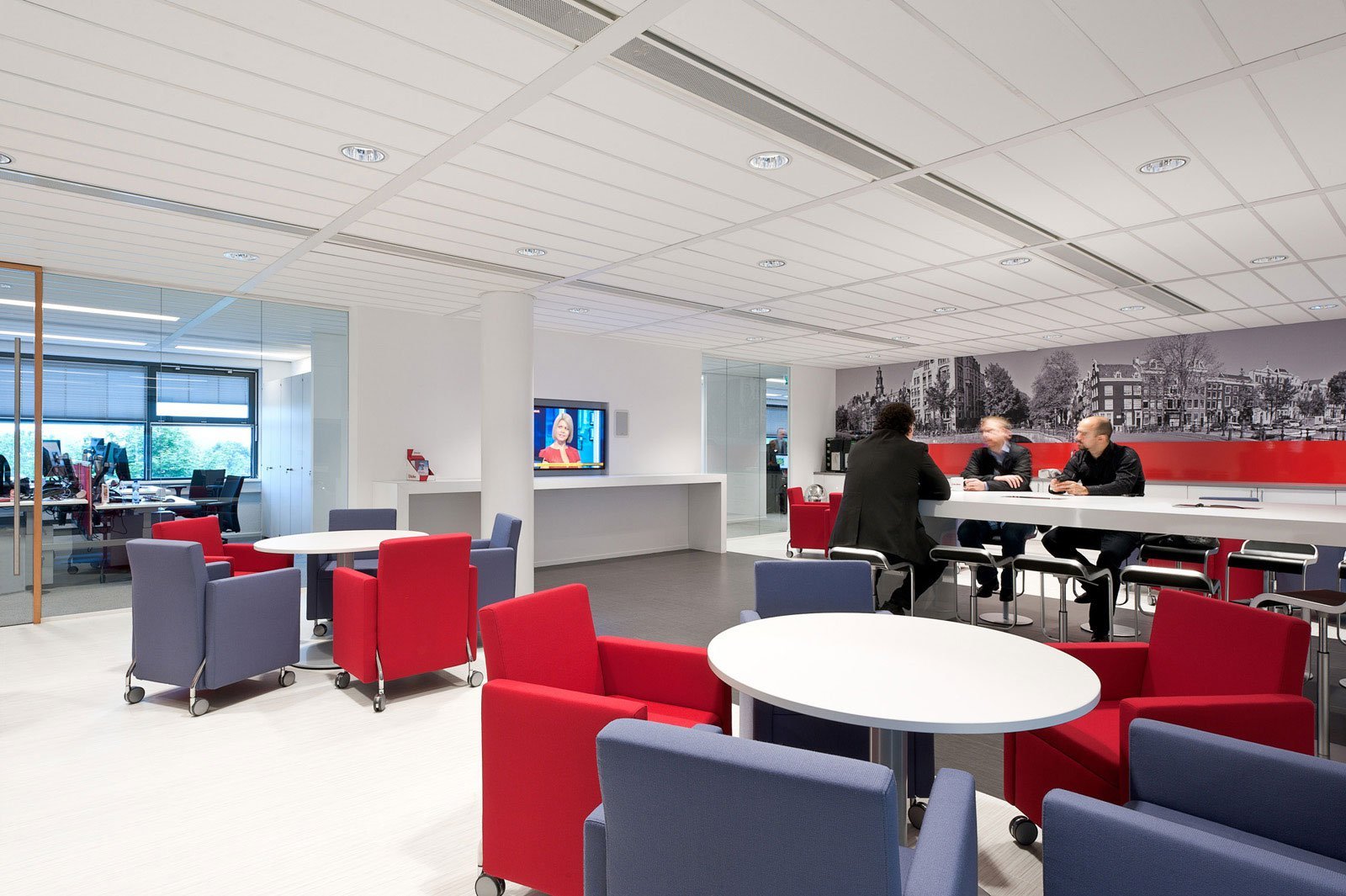On August 15, the New York Times came out with an exposé about the allegedly brutal nature of Amazon’s working culture. The article spurred multiple perspectives, including an insightful open letter to CEO Jeff Bezos encouraging investment in employees.
This controversial story and its virality demonstrate that workplace culture is a critical issue. As we recently heard at the Work Design Magazine panel on startups and their spaces, work culture and workplace design are very intertwined. It is difficult to promote a healthy and positive culture in employees if they are working in a space that contributes to increased stress levels.
{{cta(‘e16579c6-efa6-491c-b08d-4ab7d1fde29b’)}}
Below are some tips to create positivity within office walls.
Don’t let tech get in their way
When under stress, employees can get frustrated if a logistical item – like booking a conference room or setting up a video conference – requires extra effort. It does not benefit employees to provide technology that is difficult to figure out. Companies spend millions of dollars on fancy video conferencing equipment only to see their employees use skype and their smartphone to communicate. Technology can be incredible and impressive, but it will only be useful if it’s seamless.
Alternatively, businesses can offer technology that alleviates logistical headaches during an employee’s day. Meeting room booking software like Condeco enables employees to use their ID badge to check into meetings. Scheduling software can also release meetings when no one shows up to increase room availability and reduce the time employees spend searching for open meeting rooms.
Make space for them to work how they want to

The open floorplan has been a trend for some years now with companies hoping to foster a more collaborative culture. But with the ability for employees to talk at-will comes the inability to promise quite spaces to those employees who need the silence to concentrate. Alternatively, closed-off offices and cubicles can make employees feel lonely and as a result, less likely to contribute positive energy to the environment.
A culture-positive space gives its employees options. There may be an open seating plan, some break-out areas that offer partial privacy and small “phone booth” rooms that allow employees to be alone.
- An especially savvy workplace will design its space based on workspace utilization. An office of mostly engineers may find that its space needs to have more quiet spaces.
- An office of creative brainstormers, on the other hand, may find that the majority of the floor needs to be dedicated to open, break-out spaces that inspire ideation.
Company culture is ultimately defined by employees, but employee space can greatly impact the attitude of those employees when they come to work each day. There will undoubtedly be stress at work, so business leaders can benefit by creating a physical environment that helps employees cope and maintain productivity.